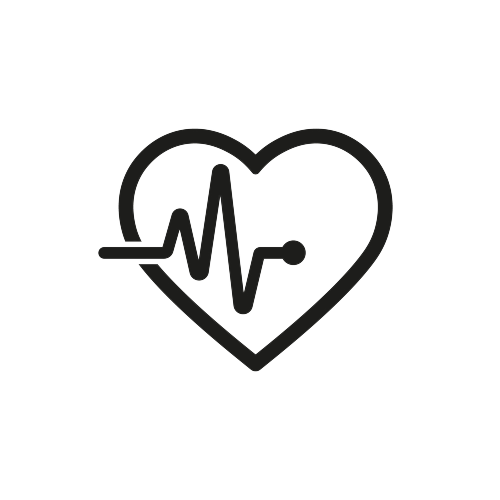Breast reduction
Reduction mammoplasty is a surgical reduction of the mammary glands. Large breasts may bring physical discomfort and cause complexes. Large breasts have big weight and, therefore, create a serious burden on the back, neck and entire body. And it is not a backpack that can be removed. The breast is always with you, and along with it the tension in the spine, hence, an impaired posture, which can cause serious health problems. But there is a way out, breast reduction plastic surgery.

The Plastic Surgery Clinic of Dr. Chornomyz: Delicacy and Professionalism of the Surgeon
In plastic surgery, it is very important to trust your plastic surgeon. And trust can only be built on the condition of professionalism, competence and a delicate attitude towards patients. I created the clinic taking into account the achievements of plastic surgery, the best examples of world experience and the peculiarities of Ukrainian practice and culture. You will feel comfortable at our clinic in Kyiv. We will discuss every next step with you, since communication and honest information builds a trusting relationship between the doctor and the patient. We will consider in more detail all the nuances (indications and contraindications, risks, surgery plan, cost and factors, on which the price depends) at the first personal consultation. If you want to reduce your breasts while maintaining their attractive shape, make an appointment for a consultation!
In What Cases is the Breast Reduction Performed?
The main indications for the breast reduction surgery include:
- gigantomania – objectively too large size of the mammary glands, which causes physical and psychological discomfort (women are simply ashamed of their breasts);
- an increase in breast size caused by pregnancy, lactation and a sudden jump in weight. It is carried out only if, after the end of breastfeeding and losing weight on proper nutrition and as a result of sports, the mammary glands have not returned to their previous state;
- curvature in the spine accompanied by pain in the spinal and cervical region caused by excessive weight of the mammary glands;
- asymmetric mammary glands;
- skin irritation, constant appearance of diaper rash under the breast;
- ptosis is lowering of the breast that often accompanies breast enlargement.
There are additional reasons to seek help from a plastic surgeon. Due to the large size of the breasts, women have to limit themselves in physical activity and sports, there are difficulties with the selection of underwear. This is not a contraindication in the truest sense of the word, but it creates physical, emotional and psychological discomfort, and during the consultation the surgeon will definitely listen to the patient’s complaints. Plastic surgery is not only about physical, but also about emotional health.
Reduction Mammoplasty: Contraindications
However, breast reduction is not always possible. Contraindications for breast reduction surgery are the following pathologies:
- oncology;
- endocrine diseases, in particular, diabetes mellitus;
- blood clotting disorders;

- some diseases of the cardiovascular, respiratory system and kidneys – the surgery may be performed after a recommendation by the attending physician and his positive decision;
- acute infections, inflammatory processes in the body and exacerbation of chronic diseases – until complete recovery or recession.
The surgeon will not undertake the surgery if the patient is not yet 18 years old. And, of course, mammoplasty should not be performed during pregnancy and lactation. It is desirable that at least 6 months pass since the cessation of breastfeeding.
Preparation for the Surgery
Reduction mammoplasty is considered one of the most difficult surgeries in plastic surgery. Therefore, it requires the highest professionalism of the surgeon, careful preparation and strict adherence to recommendations during the rehabilitation period.
Preparation begins two weeks before the surgery. It is necessary to stop drinking alcohol and taking medications that can disrupt the rate of blood clotting (they include aspirin). About a week before the surgery, it is advisible to switch to proper nutrition with the rejection of fatty, smoked and salty food. The last meal should be at least 12 hours before the surgery.
The surgery itself is performed under general anesthesia and lasts 2 to 8 hours depending on the complexity and volume of work. In the process, the shape, size of the mammary glands and the position of the nipple-areolar complex change, while it is necessary to maintain its blood supply. The surgeon uses anchor access – makes incisions around the alveolus, after which he moves down and along the inframammary fold. After excision of the skin, the surgeon removes excess tissues of the mammary gland, fat and skin. The next step is a change in the position of the nipple-alveolar complex. If necessary, the doctor reduces its size, changes its shape. Finally, the surgeon proceeds with layer-by-layer stitching of tissues and installs drainage.

Rehabilitation
After the surgery, the patient remains in the hospital for 1 to 2 days for observation. There may be painful feelings, for copying with which the surgeon will prescribe painkillers. For the first 2 to 3 weeks, it is necessary to sleep on the back and avoid raising arms up so that the sutures do not open. In the first month, the pool and sauna should not be visited, a hot bath should not be taken. For 3 to 4 months, sports and physical activity have to be limited, and it is strictly forbidden to lift weights. Full recovery will take up to 4–6 months.
